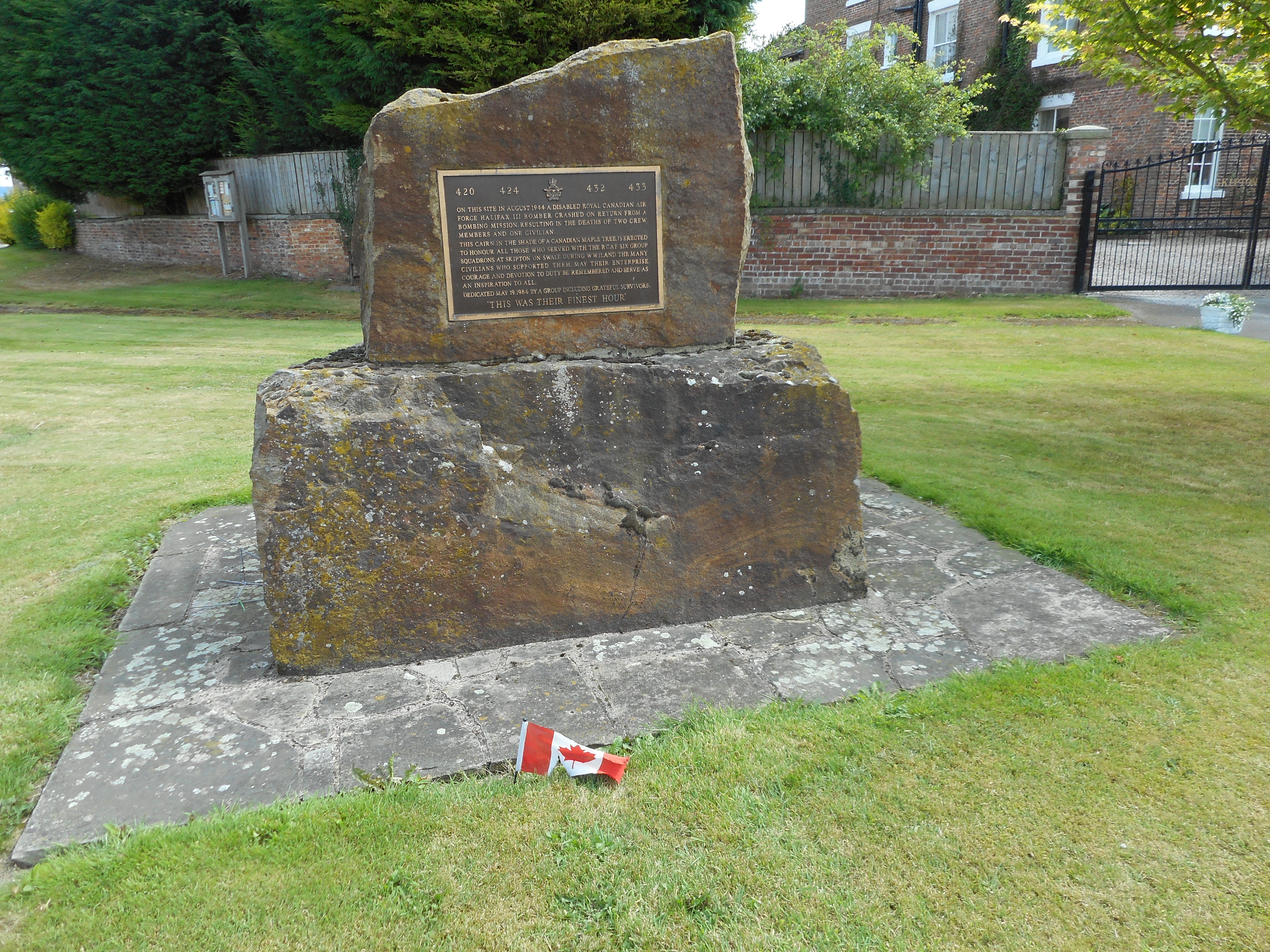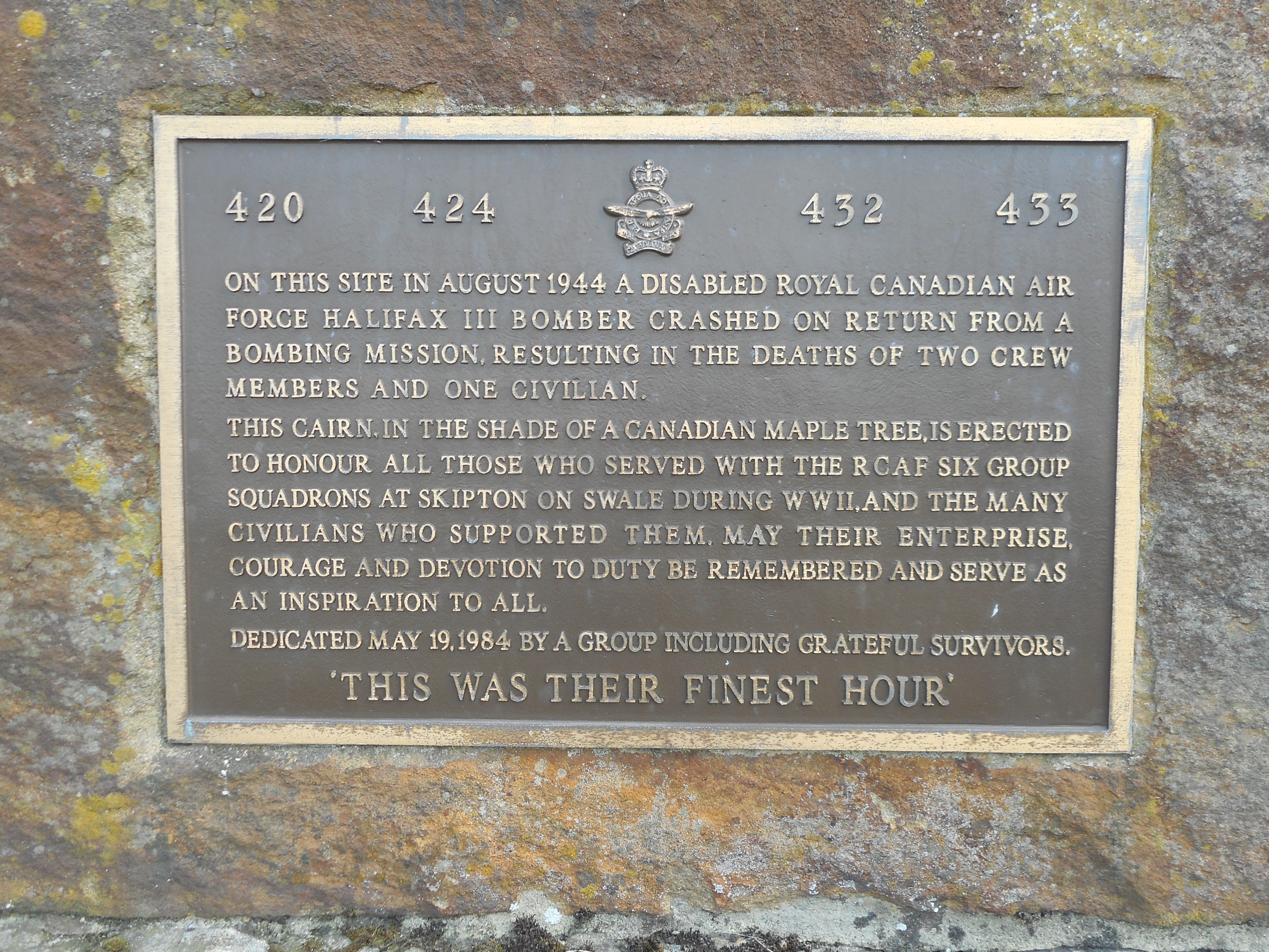Sykes, Leonard Taylor
Personal Information
| Rank | F/O |
| Forename(s) | Leonard Taylor |
| Surname | Sykes |
| Gender | M |
| Age | 25 |
| Date of Death | 05-07-1944 |
| Next of Kin | son of Taylor Sykes and Maria Elenor Sykes (Dorcas) of Fort Benton , Montana, USA. Husband of Theresa Olivine Sykes (née Mallette)- marriage on 31 December 1941 in Shelby, Montana. |
Aircraft Information
| Aircraft | Handley Page Halifax III |
| Serial Number | LV970 |
| Markings | QB-T |
Memorial Information
| Burial/Memorial Country | France |
| Burial/Memorial Place | Boissy-sous-St. Yon Communal Cemetery |
| Grave Reference | Grave 3. |
| Epitaph |
IBCC Memorial Information
| Phase | 2 |
| Panel Number | 250 |
Enlistment Information
| Service Number | J/26111 |
| Service | Royal Canadian Air Force |
| Group | 6 |
| Squadron | 424 (Tiger) |
| Squadron Motto | Castigandos castigamus (We chastise those who deserve to be chastised) |
| Trade | Pilot |
| Country of Origin | United States of America |
Other Memorials
| Location | Village Green, Skipton on Swale, North Yorkshire |
| Country | United Kingdom |
| Memorial Type | Memorial Stone, inscribed Metal Plaque & Maple Tree |
| Memorial Text | A memorial to the Canadian personnel who served at RAF Skipton on Swale during WW2, including 424 Sqn RCAF |
Miscellaneous Information
| Leonard was born on 27 November 1918 at Woodrow, Saskatchewan. His father was born in North Dakota, USA and worked as a meat cutter and his mother was born in Canada. He attended Chester Public School 1926-1934 (in USA) followed by Chester High 1934-1938 (grade 12 complete). Leonard also worked as a meat cutter like his father between 1938-1942 when he then enlisted. He enjoyed being involved in all sports. He had a ‘First Aid To The Injured‘ certificate. |
| After enlisting on 27 May 1942 and completing his training, Leonard embarked for the U.K., arriving at 3 PRC on 2 July 1943. He then went through 3(P) AFU 10 August 1943, 82 OTU 9 October 1943, 61 Base 29 March 1944, 1659 CU 2 April 1944, and 424 Squadron 13 May 1944. |
Commonwealth War Graves Commission
The National Archives
| Record of Events (Operational Record Book) AIR 27/1835/12 |
| Summary of Events (Operational Record Book) AIR 27/1835/11 |
Fellow Servicemen
Please note that this list gives all the losses aboard the quoted aircraft and occasionally these may have occurred on an earlier date when the aircraft was not itself lost. Please check the dates of death carefully.
Last Operation Information
| Start Date | 04-07-1944 |
| End Date | 05-07-1944 |
| Takeoff Station | Skipton on Swale |
| Day/Night Raid | Night (98% moon) |
| Operation | Villeneuve St Georges- to attack railway yards. Part of a 282 strong bomber force to attack railway yards at Orléans and Villeneuve St Georges. Both were accurately hit but with the loss of 25 aircraft in all (8.9%). |
| Reason for Loss | Crashed at Boissy-sous-St You, SW of Arpajon, France |


